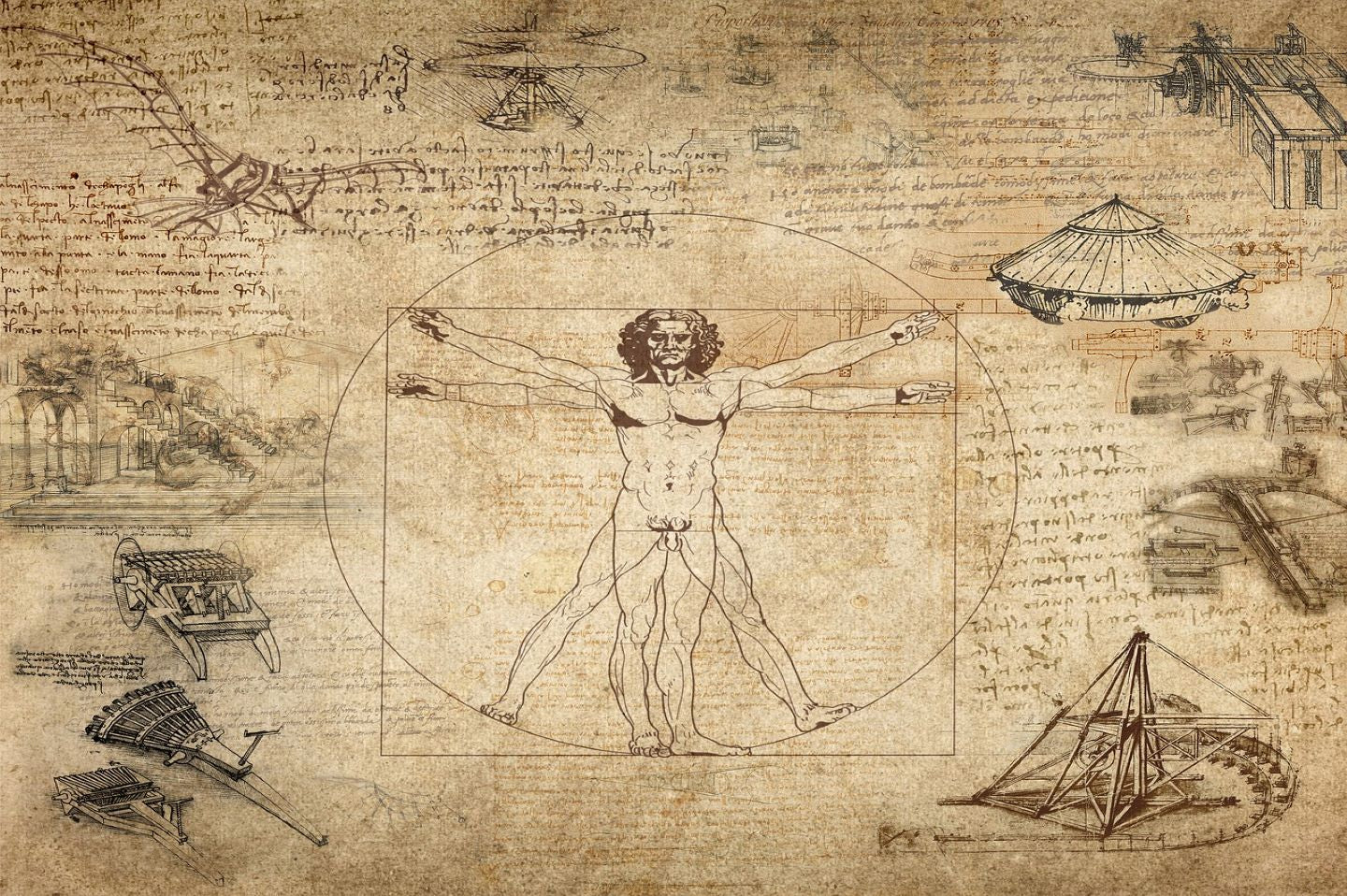Long considered rival brothers, science and Art nevertheless have much in common. If they did not derive from the same source, it is nevertheless highly probable that their existence in a philosophical, physical, material or abstract world cannot but be perpetually intertwined. Since always and until now, they meet, intersect, combine to bring out the most beautiful inventions and creativities of the world. What if art and science were complementary? What role does science play in modern art? Find out at Science Decor what it's all about.
Art and science, a contradictory universe
Since the dawn of time, art and science have been considered two opposite universes. They have neither the same objects nor the same methods. While science relies on the real, the logical and the tangible, art appeals to the abstract, the imaginary and the senseless. Science explores a material world while art lives in the imaginary and in wanderings. These two disciplines may sometimes be foreign to each other, but they are not that far apart. If science is nature, art is culture. Both are complementary.
The same quests for experimentation
In the course of much research and with new modern inventions, it can be said that art and science can be complementary. And this has always been the case. Both art and science are driven by a quest and search for experiences. Art is in search of beauty when science is in search of truth. To achieve this, both engage in observation and experimentation. According to Aristotle: it is through experience that science and art progress. Moreover, these two disciplines share another common point: that of making the invisible visible to humans.
From Invention to Art
If we do a true analysis of the place of science in art or vice versa, we can definitely say that these two disciplines are inseparable and even form a successful marriage. Like with this Slow Motion Frame that rallies stroboscoch and optical illusion. Because even before the great painters made their most beautiful canvases, scientists invented the oil paint with which painters create. Even before the most beautiful photographs were taken, science invented the greatest camera technologies allowing for ultra precision and impressive results.
These are merely examples. But the involvement of science in art goes beyond material things. Science opens the field of inventions to allow art to live and give artists the tools to do so.
Technology in the service of art
With the digital revolution and technological advances, the place of science in modern art is being confirmed more. New hybrid creations are emerging, if only the art of communicating graphic information, or the art of bringing out the world of humans in an abstract world.
Through the fusion of science with art, we are also witnessing the emergence of new fields that are both scientific and artistic such as robotics, bio mimicry, empathic technologies and many others. Science participates in artistic creation thanks to numerous inventions and new technologies. The proof is that today in the music and musical art industry, technologies allow to compose, to produce, to create, and even to make the imaginary alive.
In any art form, artists rely on architecture, on mathematics, geometry, but also on human sciences, the world of life and earth to create works. For example, through a simple painting, one can experience space, time, but also the dimension of the horizon. All this is part of science.
Creativity, at the heart of both disciplines
For its part, science is not devoid of art, however. Scientific expeditions and advances are now seen as a form of modern art. The results of research as well as technological prowess are now displayed in museums, in exhibition centers, admired by humans. But what links art and science is above all creativity. A scientist, like an artist, has to be creative to elaborate his research and analysis, to achieve his results.
Cultivating the science of art or the art of science
Today, there is no longer any question of separating art from science. Many art and fine arts schools have introduced science into the heart of artistic creativities and programs. Reconciling art and science and cultivating hybridity are the initiatives of artists and scientists. Intellectuals as well as artists are conscious of the implication of each discipline in the other and tend from now on to put an end to the divergences between art and science. It is thus not any more question to put an end to the prejudices, the false beliefs and the theories which disseminate the art of the science.




Leave a comment
All comments are moderated before being published.
This site is protected by hCaptcha and the hCaptcha Privacy Policy and Terms of Service apply.